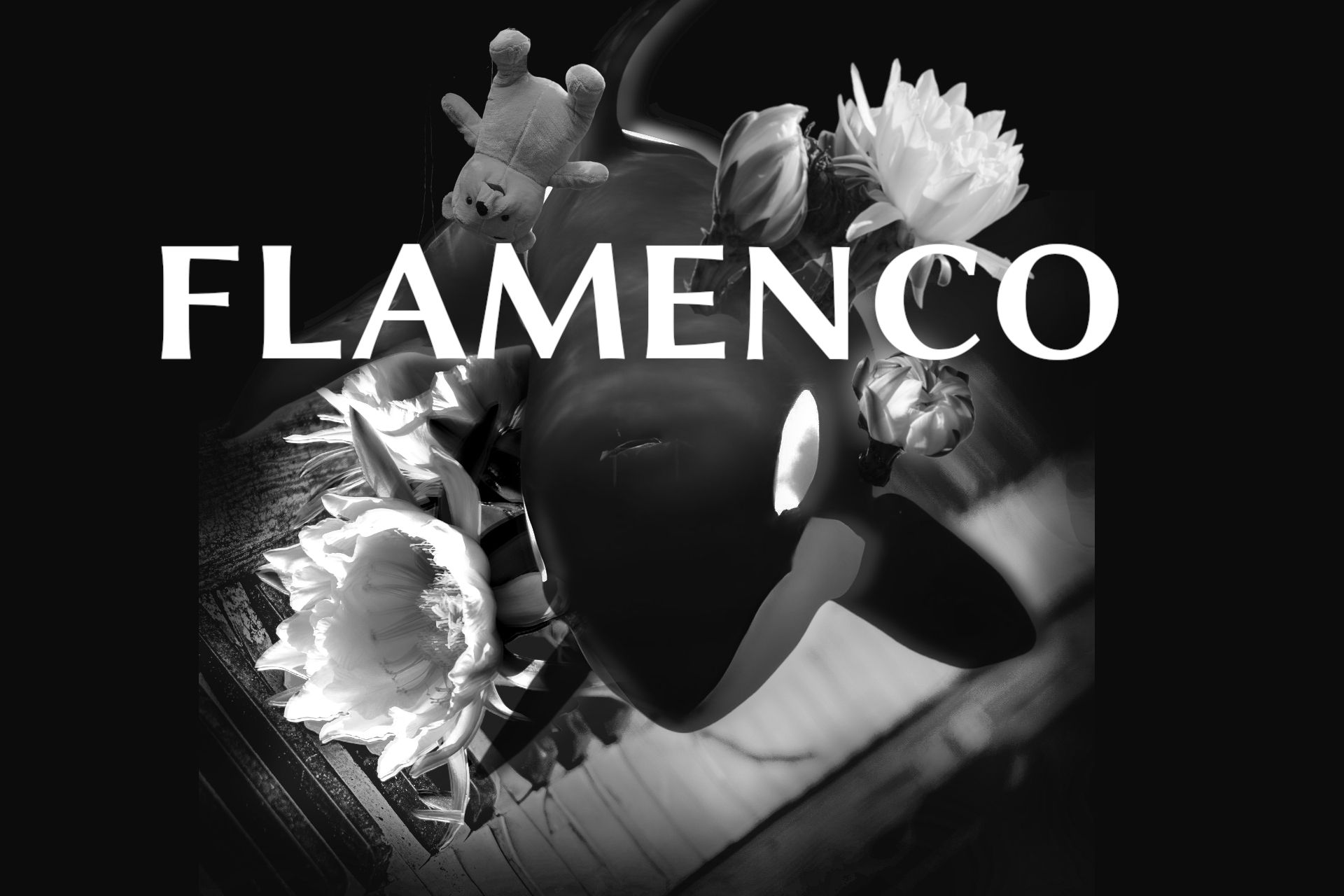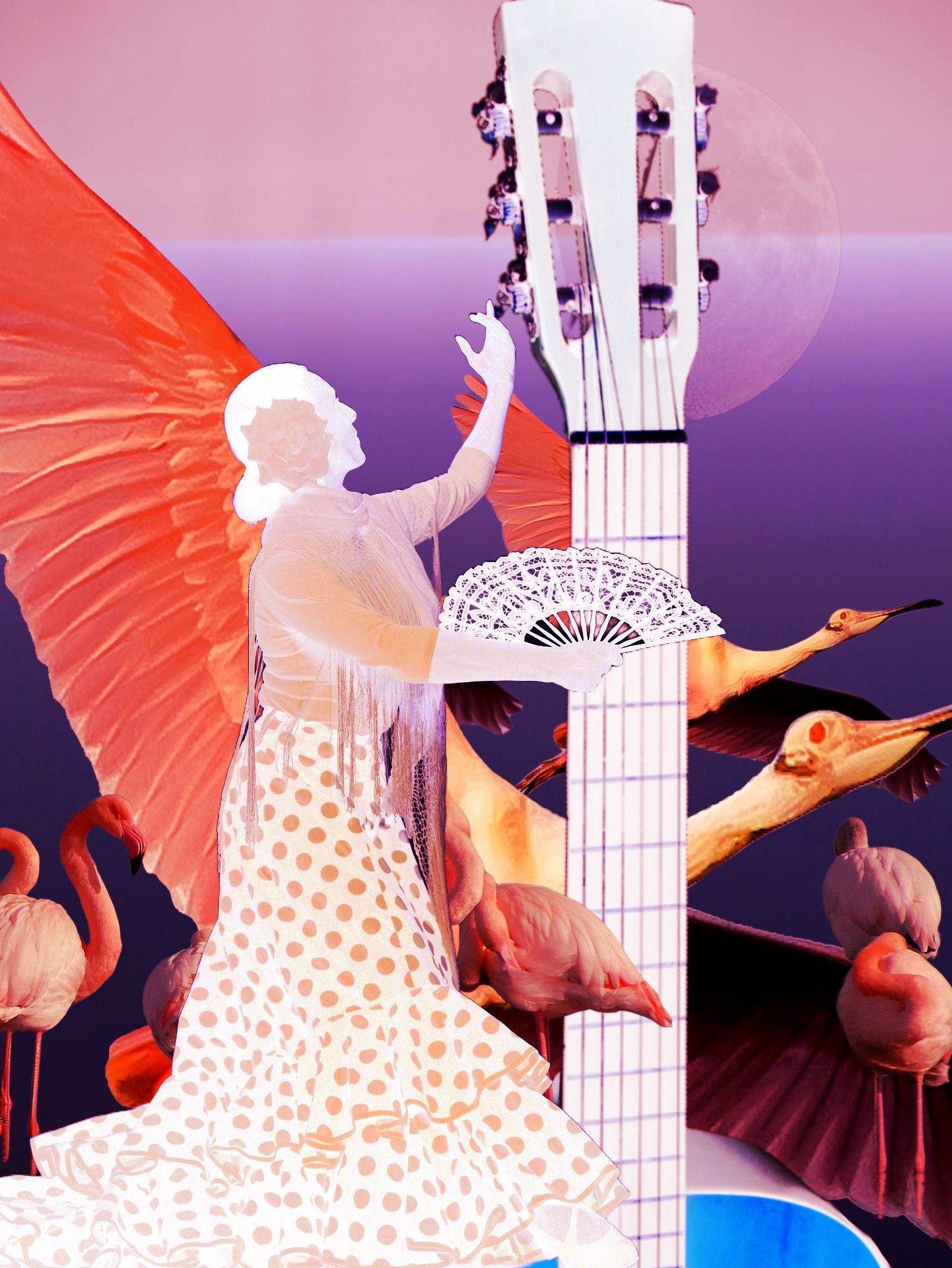
VERSIÓN EN ESPAÑOL (click aquí)
¡Hola a todos los amantes de la música!
Esta es mi participación en #threetunetuesday; #ttt, una idea de @ablaze, al que agradezco de corazón su bienvenida a esta iniciativa.
Hello to all music lovers!
This is my participation in #threetunetuesday; #ttt, an idea of @ablaze, whom I heartily thank for welcoming me to this initiative.
VERSIÓN EN ESPAÑOL (click aquí)
En esta ocasión le toca el turno al piano Flamenco. La primera vez que escuché un piano acompañando el cante fue allá por el año 1987. En los quioscos de prensa se podía adquirir una colección de discos llamada “Maestros del Flamenco” y entre estos discos se encontraba el dedicado a Manolo Caracol, un gigante del cante y un heterodoxo. Interpretó géneros de la periferia del flamenco como la zambra, acompañó de orquesta sus grabaciones cuando nadie lo hacía, o casi nadie, y también se acompañó del piano de Arturo Pavón. Fue en ese disco comprado a finales de los años ochenta, cuando escuché por primera vez un teclado en una grabación flamenca. El tema era una composición de Quintero-Quiroga-Pavón y al piano estaba el mencionado Arturo Pavón.
Después poco más. El Flamenco se encuentra entre los muchos géneros que me gustan. Dependiendo del día puedo estar escuchando a los Buzzcocks, The Animals, Otis Spann, Hector Lavoe o a El Turronero. No es raro por tanto, que para un aficionado tan “disperso” en lo musical (y en la vida) como soy, tenga un gran desconocimiento de lo que existe más allá del cante, la guitarra y el baile.
This time it's the turn of Flamenco piano. The first time I heard a piano accompanying the singing was back in 1987. In newsstands, you could buy a collection of records called "Maestros del Flamenco" and among these records was the one dedicated to Manolo Caracol, a giant of singing and a heterodox. He played genres on the outskirts of Flamenco like the zambra, he accompanied his recordings with an orchestra when no one else did, or almost no one, and he also accompanied himself with the piano of Arturo Pavón. It was in that record purchased in the late eighties when I heard for the first time a keyboard in a Flamenco recording. The song was a composition by Quintero-Quiroga-Pavón, and on the piano was the aforementioned Arturo Pavón.
Then not much more. Flamenco is among the many genres I like. Depending on the day, I could be listening to the Buzzcocks, The Animals, Otis Spann, Hector Lavoe, or El Turronero. Therefore, it is not surprising, that for a fan as "scattered" musically (and in life) as I am, I have a great lack of knowledge of what exists beyond singing, guitar and dance.
VERSIÓN EN ESPAÑOL (click aquí)
Confieso que me he llevado grandes sorpresas rastreando vídeos en youtube, me he visto llorando de emoción frente a una pantalla. El culpable, entre otros ha sido, Dorantes. También puede ser sorprendente que en esta publicación no aparezca una sola guitarra, evocando el título del disco de Juanfe Pérez “Prohibido el Toque”.
Dorantes. Sobran las palabras.
I confess I have been very surprised tracking videos on youtube, I found myself crying with emotion in front of a screen. The culprit, among others, has been Dorantes. It can also be surprising that in this publication neither a guitar appears, evoking the title of Juanfe Pérez's album "Prohibido el Toque" ("Forbidden The Toque"; the toque is the art of flamenco guitar playing).
Dorantes. Words are unnecessary.
source

VERSIÓN EN ESPAÑOL (click aquí)
La siguiente actuación tiene como protagonista a Diego Amador, que además de un prodigio con el piano posee una voz excepcional. Este video también es un pequeño homenaje a la desparecida Casa Patas, un templo del Flamenco en Madrid, por desgracia, ya desaparecido.
Israel Varela en batería
Jesus Garrido en bajo
The following performance features Diego Amador, who besides being a prodigy on the piano, also possesses an exceptional voice. This video is also a small homage to the now defunct Casa Patas, a temple of Flamenco in Madrid which, unfortunately, is no longer in existence.
Diego Amador on piano
Israel Varela on drums
Jesus Garrido on bass
Source
VERSIÓN EN ESPAÑOL (click aquí)
El siguiente artista es Aroca. Nacido en Jaén, (Andalucía) es uno los jóvenes referentes del piano flamenco. Pianista y compositor su música bebe de tres fuentes: la música clásica, el jazz y de la tradición del Flamenco. En este video le podemos escuchar acompañado de otro de los referentes jóvenes del Flamenco: El Mati.
El tema "De Donde Bebo" hace referencia a las raíces, a la confluencia y mestizaje en Andalucía de culturas de África, Oriente y América.
Ildefonso Aroca Moreno, “Alfonso Aroca”(piano)
Matías López Expósito, “El Mati”(cante y palmas)
Abel Augusto Harana Calderón , “Abel Harana”(baile y palmas)
Juan Fernando Pérez Feria, “Juan Fer Pérez”(bajo)
Javier Martínez Rabadán “Javier Rabadán” (percusión)
Escuchando a estos y a otros artistas uno llega a la conclusión de que el piano flamenco posee una gama de expresiones asombrosa, que va desde lo más flamenco hasta lo más experimental, desde lo más andaluz hasta el jazz más internacional. Lo que puede dar pie a una segunda entrega sobre el piano flamenco, dedicado a lo más experimental y a la fusión Flamenco-Jazz.
GRACIAS POR LLEGAR HASTA AQUÍ.
SALUDOS
The following artist is Aroca. Born in Jaén, (Andalusia) he is one of the young references of flamenco piano. Pianist and composer, his music draws from three sources: classical music, jazz, and flamenco tradition. In this video we can hear him accompanied by another young figure in Flamenco: the singer El Mati.
The theme "De Donde Bebo" refers to the roots, to the confluence and crossbreeding in Andalusia of cultures from Africa, East and America.
Ildefonso Aroca Moreno, "Alfonso Aroca" on piano
Matías López Expósito, "El Mati" vocals and handclaps
Abel Augusto Harana Calderón, "Abel Harana" dance and handclaps
Juan Fernando Pérez Feria, "Juan Fer Pérez" on bass
Javier Martínez Rabadán "Javier Rabadán" on percussion
Source
Listening to these and other artists, one comes to the conclusion that flamenco piano has an astonishing range of expressions, ranging from the most traditional to the most experimental, from the most Andalusian to the most international jazz. This could lead to a second installment about flamenco piano, dedicated to the most experimental and the Flamenco-Jazz fusion.
THANK YOU FOR REACHING THIS POINT.
BEST WISHES
Translated and formatted with Hive Translator by @noakmil from my native Spanish.

Pink banner edited with PIXRL; Image taken from PIXABAY:
Banner rosa editado con PIXRL; Imagen tomada de PIXABAY:
Author: Keneeko
Cover image edited with GIMP; PIXLR effect
Imagen de cubierta editada con GIMP; efecto PIXLR
SOURCE/FUENTE: PIXABAY
SOURCE/FUENTE: PIXBAY
SOURCE/FUENTE: PIXABAY
SOURCE/FUENTE: PIXABAY
Collage Ballerina edited with GIMP
Collage Bailarina editado con GIMP
SOURCE/FUENTE: PIXABAY
SOURCE/FUENTE: PIXABAY
SOURCE/FUENTE: PIXABAY
SOURCE/FUENTE: PIXABAY
SOURCE/FUENTE: PIXABAY
SOURCE/FUENTE: PIXABAY
SOURCE/FUENTE: PIXABAY
All videos taken from youtube.
Todos los vídeos tomados de youtube.